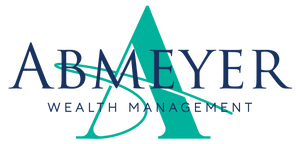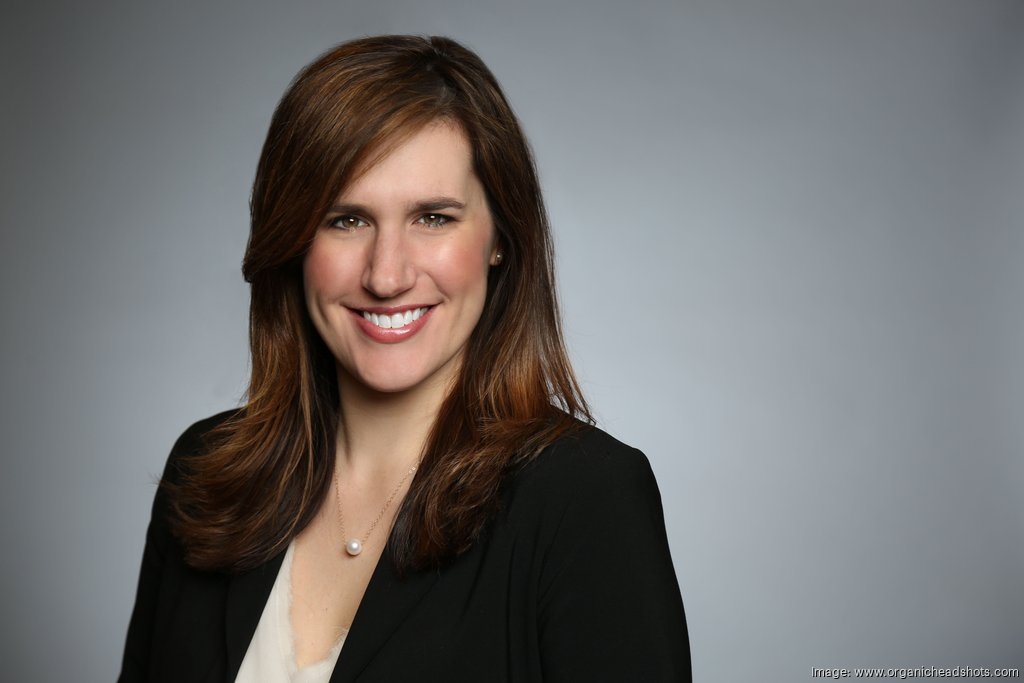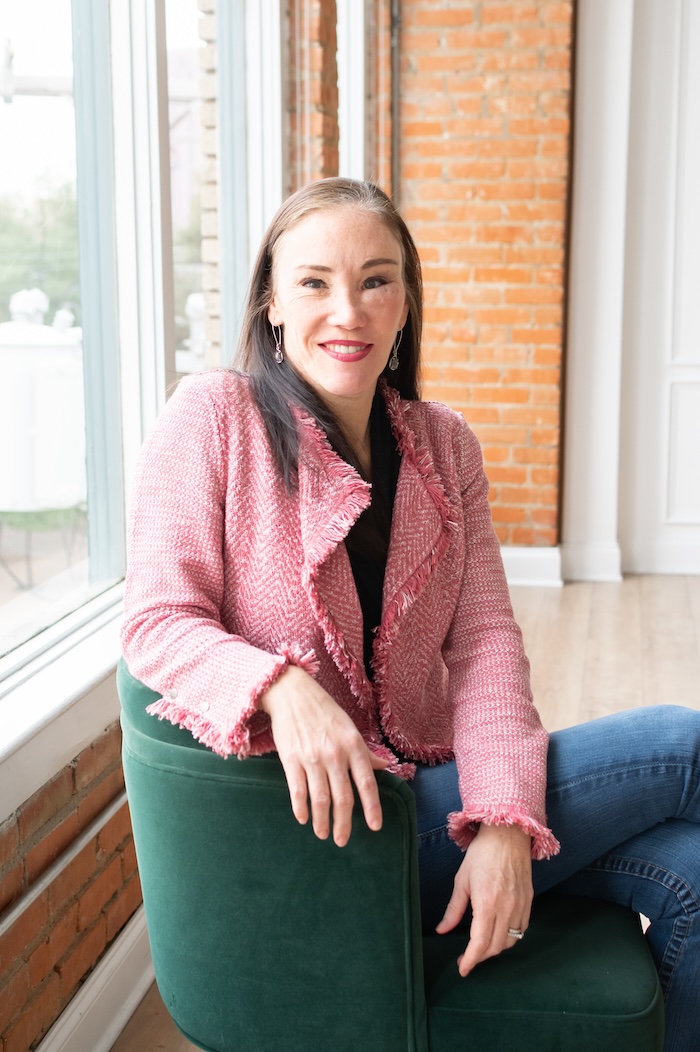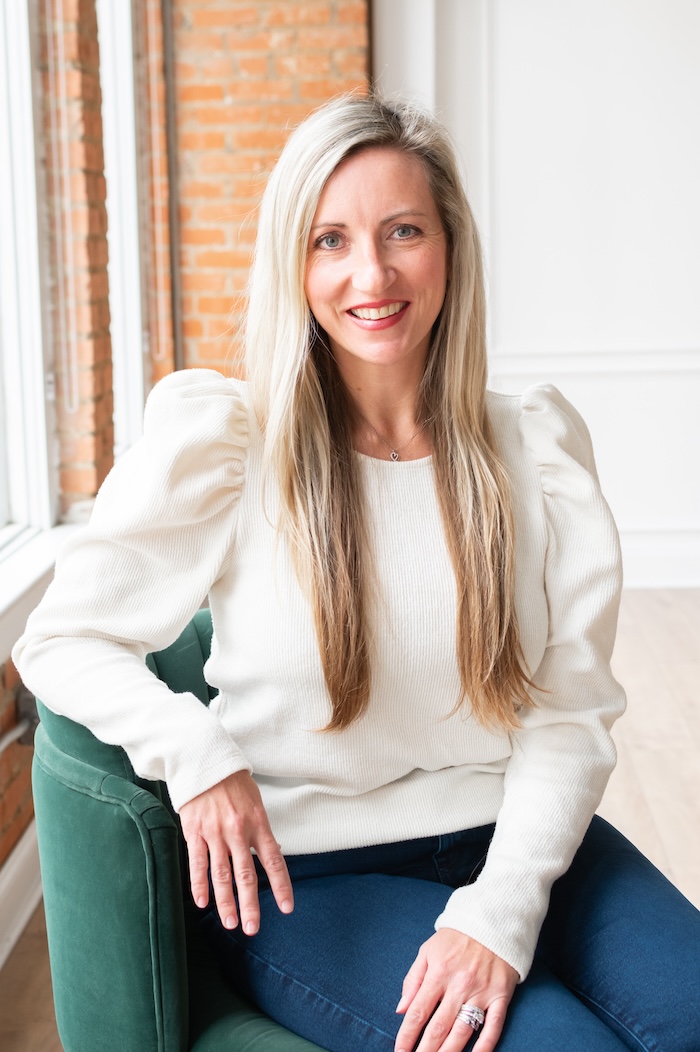By Anne Stych – Bizwomen Editor, The Business Journals
Dec 1, 2023
A lot of attention is focused on women entrepreneurs who are launching businesses, especially on whether they have equitable access to venture capital.
But a new study from BMO Financial Group found that women entrepreneurs’ money challenges don’t end once they’ve lined up their initial funding.
In fact, women-owned businesses that have moved into the middle market stage continue to lag behind their male counterparts in all aspects of business financial planning, according to the BMO for Women Survey: The State of Financial Planning for Business Owners.
The survey found that 36 percent of women business owners have a detailed financial plan for their companies, compared to 41 percent of men. Just 64 percent of women business owners have a contingency plan in place in case their company takes a financial hit, compared to 76 percent of men. And only a third (32 percent) of women business owners have a detailed transition plan for their business, compared with half of men.
And although it does not suggest a direct correlation, the survey also showed that there’s a significant drop in the percentage of women business who continue working with a financial advisor after they transition from the growth phase of their business to the maintenance phase (47 percent vs. 25 percent).
And that’s a mistake, said Shannon Kennedy, head, U.S. advisory and interim U.S. CEO of BMO Wealth Management U.S., who said that having a financial advisor on their team is vital to business owners at all stages.
“The importance for all business owners — but particularly women business owners — to have a financial plan for their companies cannot be overstated,” Kennedy said.
What does this look like in practice? BMO spokespeople Carolynn Pfaff, senior wealth planning manager, and Caroline Donlin, managing director of BMO Commercial Bank, told Bizwomen that when women business owners whose companies are more mature need to approach the topic of financial planning with business and personal wealth considerations intertwined.
For example, Pfaff said, it’s important for women to understand how to pull assets out of their business to build a personal nest egg for the future, so they can take care of their families and of themselves in retirement.
One way to do this is by finding investors to inject capital into the growing business, something that she said is a more difficult ask for women than men.
“They don’t want to look like they can’t do it on their own,” she said.
But debt is cheaper than equity, Donlin said, and when you’re able to use investor capital to grow your business,“there’s more for you at the end of the day.”
She said that working with an advisor helps business owners see that they always have options, and to “understand what’s out there.”
“A financial advisor can provide all the pieces of advice in-house,” she said. “We see trends, and can give perspective and be a clearinghouse for best ideas, since we talk to lots of people.”
Donlin noted that while they can’t replace lawyers or other professionals, financial advisors “can provide robust services, help you plan for what you want to get out of your life and be a sounding board.”
Pfaff noted that BMO has entire teams of women advisors for business owners who are more comfortable working with a woman. The company also offers programs including BMO For Women, which engages women advisors and clients across the company’s lines of businesses through events, grant programs, educational seminars and employee resource groups; and the Women & Wealth program, focused on personal wealth management education, support, programs and products.
Donlin said that although they still have a ways to go, women have made extensive progress in the financial planning realm, and that unlike in past generations, there’s no longer a taboo against discussing money.
“We talk about these things now,” she said.




